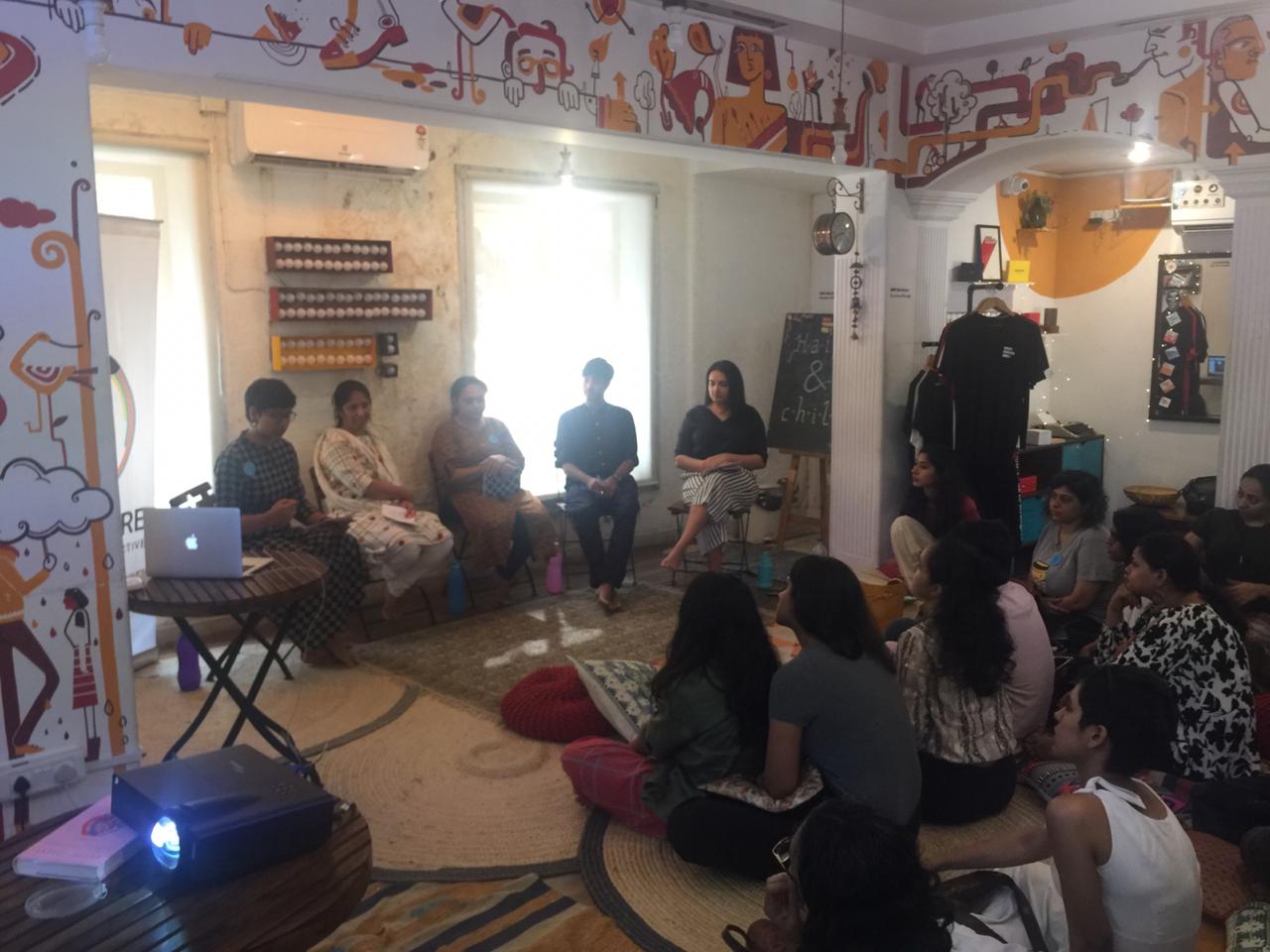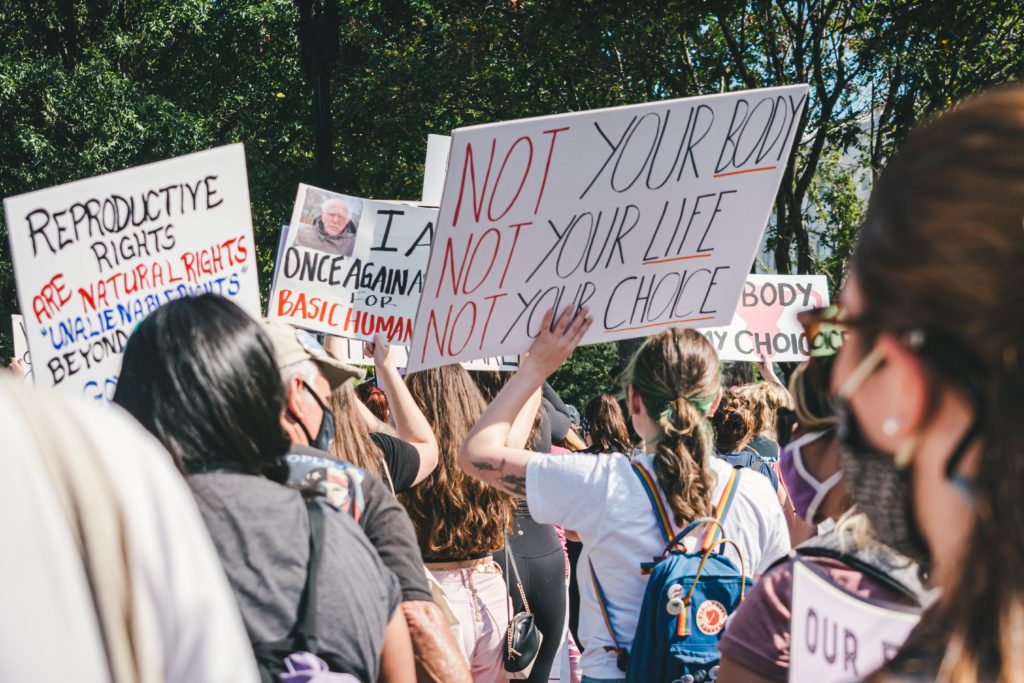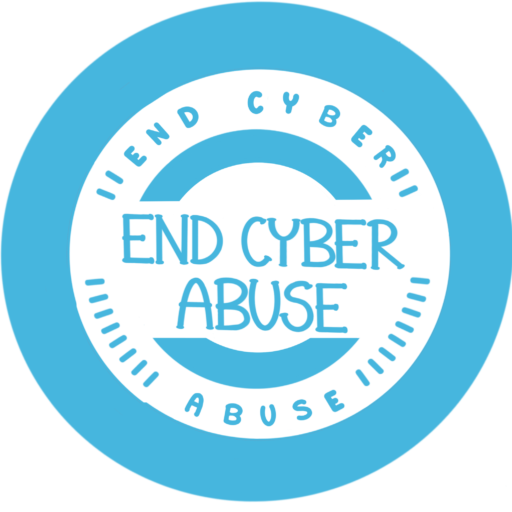WHO WE ARE
We are a global collective of lawyers and human rights activists working to tackle technology-facilitated gender-based violence by raising awareness of rights, advocating for survivor-centred systems of justice, and advancing equitable design of technology to prevent gendered harms.

Our Vision

We envision a world with equitable, safe digital spaces and technologies that are free from violence, oppression and harassment, that uphold the dignity and rights of people of marginalised genders.
Our Principles

We believe in taking an intersectional, survivor-centered and sex-positive approach to our work, to practicing feminist leadership internally and externally, and in ultimately calling out and tackling the root causes of technology-facilitated gender violence: patriarchal gender norms and misogyny.
We also recognize gender is both a social construct and experienced on a spectrum. In our work, we consider those who identify as anything other than a heterosexual cis-gendered male to be at risk of being marginalized due to their gender or sexual identity. We work for people of marginalized genders and sexual identities globally who have suffered or are at risk of facing any form of technology-facilitated gender violence.
In particular, we prioritise members of historically marginalised communities – including LGBTIQ individuals, women with disabilities, youth, Black and Indigenous women, and women of marginalised castes and religions – who may experience overlapping and interdependent systems of oppression.
Our Challenge
Technology-facilitated gender violence (TGBV) is a broad spectrum of online behaviours perpetrated by one or more people where digital tools and technology is used to harass, intimidate, surveil, and inflict violence upon victims. Such behaviours can have both online and offline consequences for victims. They can be carried out by one person but sometimes also in a systematic coordinated fashion in an ongoing targeted campaign.
TGBV can include forms of abuse such as image-based sexual abuse, doxxing, deepfakes, cyberstalking, online harassment, cyber-flashing, sexual exploitation, and many more, designed to humiliate, embarass, control, and discredit. This form of online violence is disproportionately directed towards those with less power, often women and girls, but also others who are marginalised due to their gender and/or sexual identities.
Both existing and new digital spaces and technologies are rarely designed to prevent such gendered harms from occurring, and fail to provide adequate protection or redress to victims.


